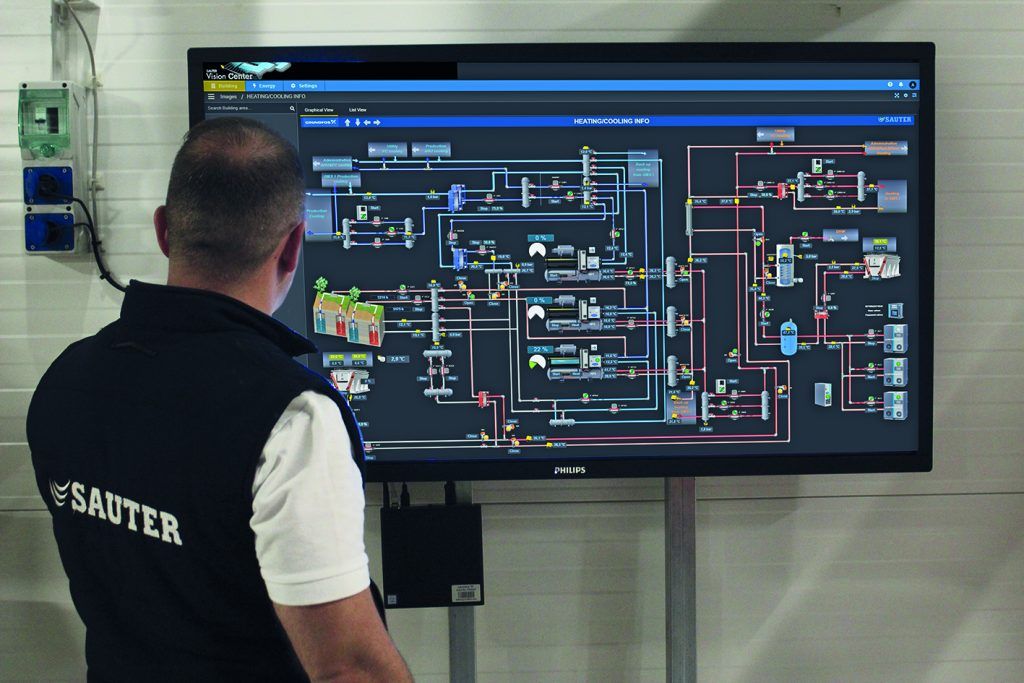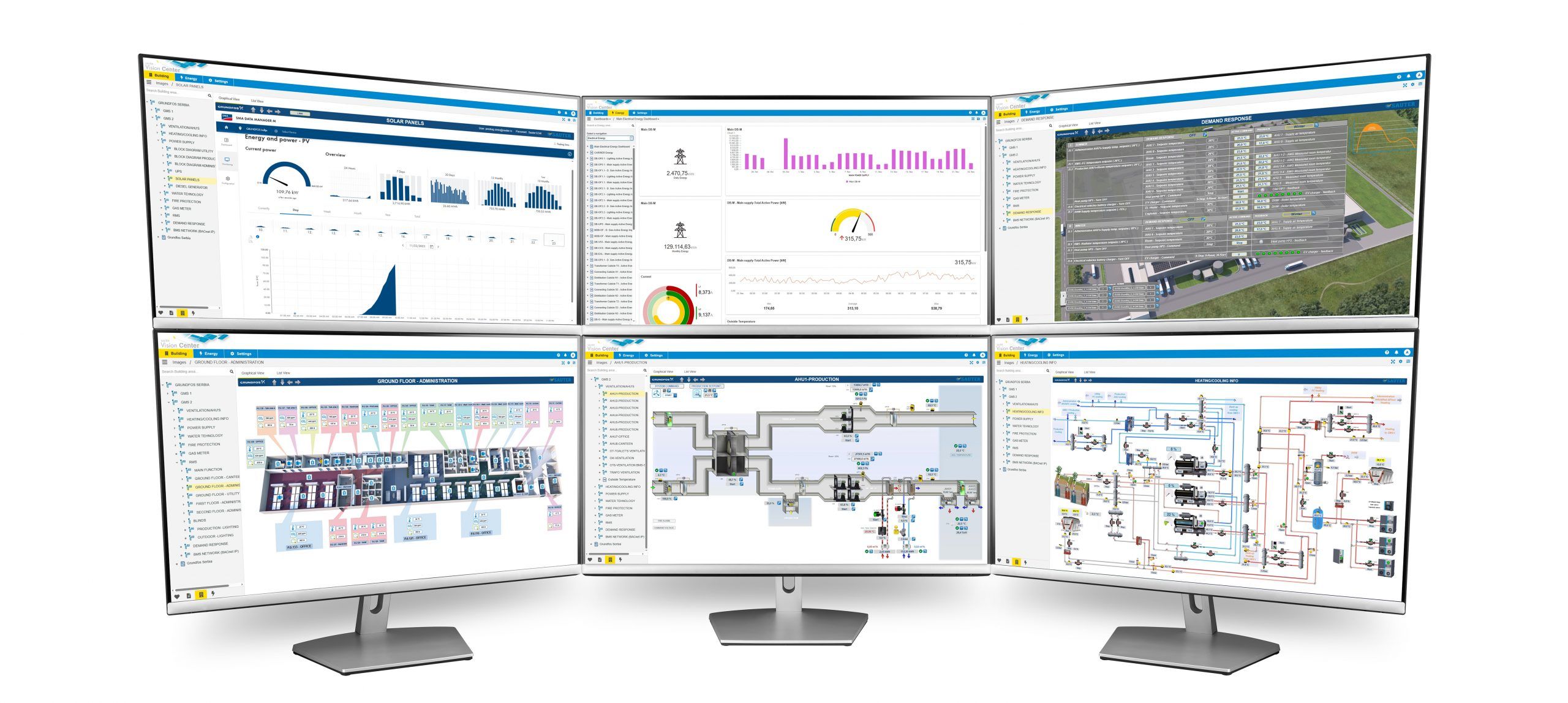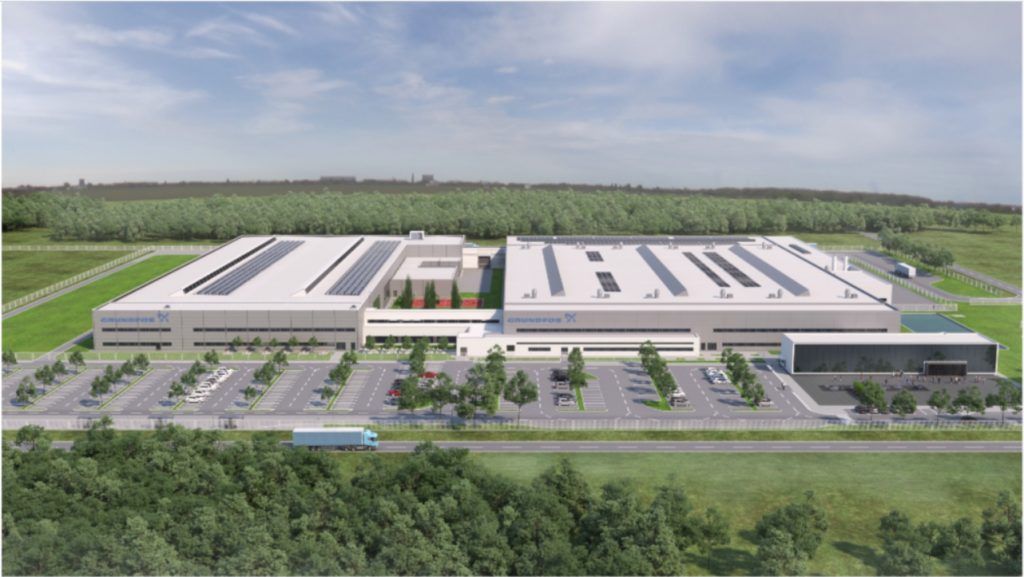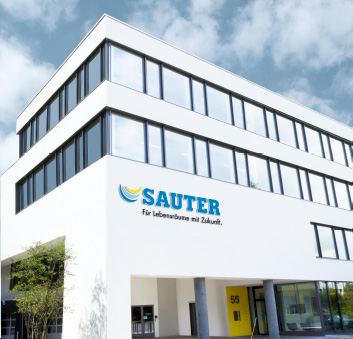BMS integration for Grundfos’ LEED Gold-certified factory
BMS integration for Grundfos’ LEED Gold-certified factory
SAUTER Serbia played a pivotal role in successfully integrating Grundfos’ new MIXIT solution into the expanded factory in Indjija, Serbia. Grundfos aimed to double the size of its manufacturing plant while meeting rigorous sustainability goals. SAUTER’s expertise in seamlessly integrating HVAC technology with SAUTER Vision Center (SVC) became instrumental in achieving these objectives.
To scale up production of the latest generation of energy-efficient circulator pumps, Grundfos Serbia embarked on a project to expand their manufacturing plant in Indjija. Established in 2013, the factory would almost double in size with the 17,600 m² extension project.
As with all Grundfos building projects, water- and energy-saving goals were clearly defined in line with the company’s sustainability ambitions. The new Grundfos MIXIT, an all-in-one mixing loop solution, should be instrumental in achieving these, along with LEED certification.
The solution
At the core of the new factory’s HVAC system, would be Grundfos MIXIT combined with high-efficiency Grundfos pumps, optimises energy performance with full control and real-time monitoring. Key to maximising efficiency and comfort was ensuring that the MIXIT solution would integrate and communicate seamlessly with the factory’s existing building management and integration platform, SAUTER Vision Center (SVC).
Within a single afternoon session, SAUTER developers fully comprehended the new technology, setting the stage for a smooth integration process. Over the subsequent six months, SAUTER successfully integrated nine MIXIT controllers of varying sizes into the SVC, employing Modbus RTU for communication. These controllers were strategically placed to manage underfloor heating, office radiators, and air handling units.

The result
Through SAUTER’s BMS integration, the factory’s plant manager gained control over various parameters wirelessly, including temperature, flow, limiter functions, and more. This comprehensive control ensures optimal comfort for colleagues in all factory spaces, contributing to the overall success of the LEED Gold-certified factory.
The entire factory extension is now fully operational and certified LEED Gold, thereby meeting all the rigorous water- and energy-saving efficiency targets established in the planning phase. MIXIT was singled out by the certification organisation as a significant contributory factor in achieving this status. The project stands as a testament to the effectiveness of combining Grundfos technology with SAUTER’s expertise to achieve seamless system integration and operational efficiency.



